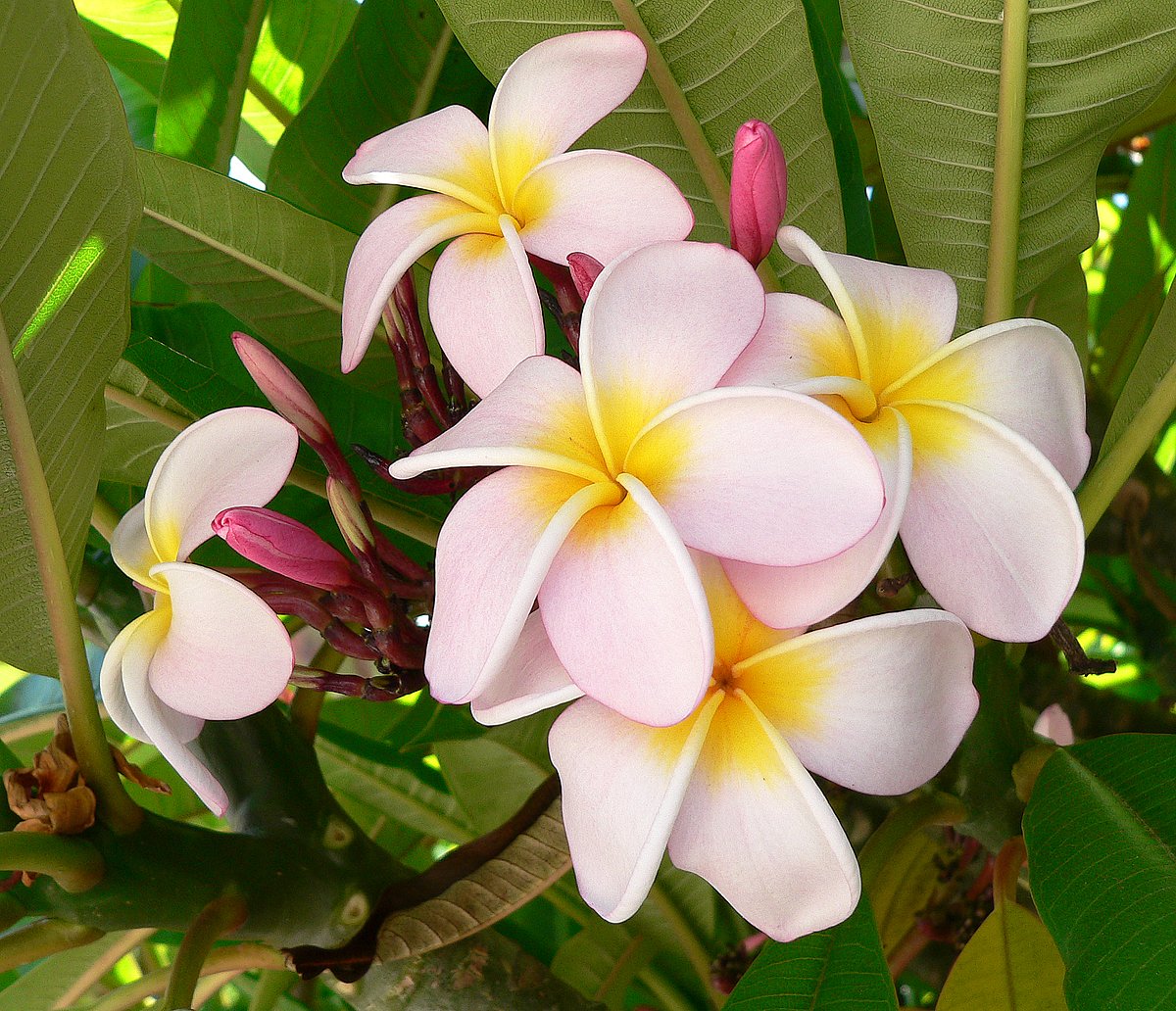Gardening: Making Modern Urban Skyscrapers Full Of Plants
As cities in India grow denser, skyscrapers dominate the urban landscape. But with increasing concerns about pollution, climate change, and urban heat islands, the need for integrating greenery into these towering structures has never been greater. By filling skyscrapers with plants, we can enhance air quality, reduce temperatures, and create visually stunning buildings that blend modern architecture with nature. In this article, we explore different methods to green high-rises, suitable plant species for different Indian climates, and how to ensure a sleek and elegant aesthetic.
Methods for greening skyscrapers

Vertical gardens (Living Walls): Vertical gardens, also known as living walls, use modular systems to grow plants on building facades. These systems include hydroponic panels, soil-based pockets, or felt-based structures where plants can thrive. Irrigation and nutrient supply can be automated, making maintenance easier. In India, cities like Mumbai and Bengaluru have already adopted vertical gardens on highways and corporate buildings.

Sky gardens and terrace forests: Sky gardens are dedicated green spaces on different floors, while terrace forests transform the tops of buildings into lush, biodiverse areas. These spaces serve as recreational zones, absorb carbon dioxide, and improve overall well-being. Such features are common in Singapore and are now being introduced to cities like Chennai and Hyderabad.

Green balconies and planter-filled facades: Individual balconies with built-in planters create a cascading green effect. Using creepers and trailing plants, architects can design facades where greenery drapes beautifully, offering a cooling effect and reducing noise pollution. This method is prominent in buildings like the Bosco Verticale in Milan, which can be replicated in Indian metros.

Hydroponic and aeroponic growing systems: Advanced methods like hydroponics (soil-less water-based growing) and aeroponics (mist-based nutrient delivery) allow plants to thrive in skyscrapers without the weight and maintenance of traditional soil beds. These methods are ideal for high-rise structures where space and soil limitations are challenges.

Permeable rooftop gardens and rainwater harvesting: Integrating green roofs with rainwater harvesting systems can ensure sustainability while reducing heat retention. These roofs also help absorb rainwater, minimizing urban flooding and improving insulation for the building below.
Choosing right plants
India's diverse climate requires selecting plant species that thrive in different conditions while maintaining an elegant look for skyscrapers.
Humid climate (Mumbai, Chennai, Kolkata, Kochi)

Epipremnum aureum (Money Plant): Low-maintenance, excellent air-purifier, thrives in humidity.
Ficus elastica (Rubber Plant): Adds structure to terraces and balconies.
Areca Palm: A great indoor and outdoor plant that thrives in moisture-rich environments.
Philodendron Varieties: Perfect for vertical gardens and facades.
Bougainvillea: Offers colorful flowers and withstands humid conditions.
Dry Climate (Ahmedabad, Jaipur, Hyderabad, Nagpur)

Aloe Vera: Drought-tolerant and requires minimal watering.
Agave and Yucca: Sculptural plants that add modern aesthetics.
Bamboo Species: Helps create green screens while tolerating dry conditions.
Cacti and Succulents: Require very little maintenance and add unique textures.
Frangipani (Plumeria): Beautiful, fragrant flowers with a tropical appeal.
Cooler climate (Delhi, Bengaluru, Pune, Shimla)

Ferns (Boston Fern, Maidenhair Fern): Thrive in shaded, cooler areas.
Hedera Helix (English Ivy): Great for vertical walls and facades.
Camellia and Rhododendron: Add color and thrive in moderate temperatures.
Jade Plant: Suited for indoor spaces and balconies.
Himalayan Bamboo: Works well for screening and wind protection.
Merging modernity with greenery
A skyscraper filled with plants should not only be environmentally functional but also visually appealing. Some strategies to maintain a modern yet elegant look include:
Strategic placement: Use plants in a structured manner rather than a chaotic jungle. Define lines and patterns in vertical gardens and terraces.
Combination of materials: Mix greenery with glass, metal, and wood elements to create a sophisticated blend of nature and architecture.
Minimalist approach: Opt for sleek, sculptural plants that add greenery without overwhelming the space.
Use of smart irrigation: Automated drip irrigation and sensor-based watering systems ensure plants remain lush without excess maintenance.
Lighting integration: Soft LED lighting can enhance the nighttime beauty of green facades and terraces, making them look futuristic and inviting.
Conclusion
Transforming Indian skyscrapers into lush, plant-filled ecosystems is not just a visionary concept—it is a necessity for sustainable urban living. By using techniques like vertical gardens, green balconies, hydroponic systems, and rooftop forests, cities can combat pollution, reduce heat, and create serene spaces amidst the chaos. With careful selection of climate-appropriate plant species and a modern design approach, these green skyscrapers can redefine the skyline of India’s metropolises, making them healthier and more beautiful for generations to come.
news